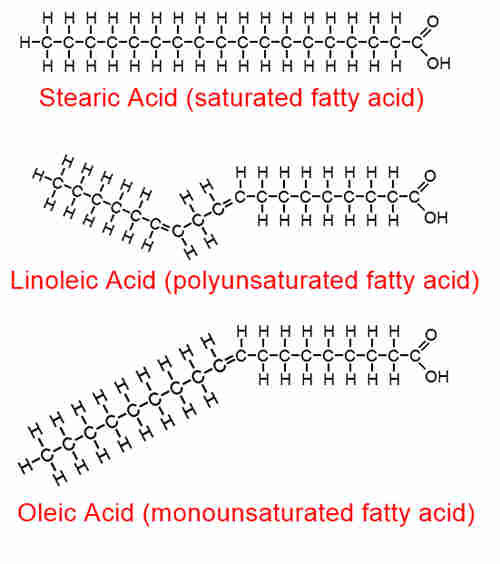Are Saturated Fats Good or Bad For You?
Saturated Fats May not be so bad for you
Fact Checked
×All the content published in our website is fact checked to validate its accuracy.
Visit our guidelines web page to learn more about our strict processes regarding how we review our content's sources: reliable and reputable journals, media websites, universities, colleges, organizations, and professionals.
Our articles are based on scientific evidence, and the references are included in its footnotes, which are clickable links to sound scientific papers.
First published: 22.Nov.2023
Overview: Diet, Fats and Health
Roughly four out of five deaths worldwide are caused by cancer, diabetes and cardiovascular disease (CVD). There is a clear link between diet and these non-communicable diseases, and this has lead different health organizations around the world to establish dietary guidelines to imporve health outcomes and reduce mortality.
Since 1960, all of these guidelines have focused on dietary fats, especially on saturated fats suggesting that they should be ingested in moderation to prevent heart disease.
For instance, the U.S. Dietary guidelines recommend that you restrict saturated fats to less than 10% of your total calorie intake.
However, as we will see in this article, other experts in the field have found that reducing dietary fats intake has a little or no effect on improving health and reducing mortality, and point at carbohydrates, such as sugar and starches as unhealthy foods.
References and Further Reading
(1) Astrup A, et al., (2020). Saturated Fats and Health: A Reassessment and Proposal for Food-Based Recommendations: JACC State-of-the-Art Review. J Am Coll Cardiol. 2020 Aug 18;76(7):844-857. doi: 10.1016/j.jacc.2020.05.077. Epub 2020 Jun 17. PMID: 32562735
(2) Teicholz N. (2022). A short history of saturated fat: the making and unmaking of a scientific consensus. Curr Opin Endocrinol Diabetes Obes. 2023 Feb 1;30(1):65-71. doi: 10.1097/MED.0000000000000791. Epub 2022 Dec 8. PMID: 3647738
(3) Iqbal R. et al., (2021). Associations of unprocessed and processed meat intake with mortality and cardiovascular disease in 21 countries [Prospective Urban Rural Epidemiology (PURE) Study]: a prospective cohort study.. Am J Clin Nutr. 2021 Sep 1;114(3):1049-1058. doi: 10.1093/ajcn/nqaa448. PMID: 33787869
(4) Samanta S, Sarkar T, Chakraborty R, Rebezov M, Shariati MA, Thiruvengadam M, Rengasamy KRR, (2022). Dark chocolate: An overview of its biological activity, processing, and fortification approaches. Curr Res Food Sci. 2022 Oct 15;5:1916-1943. doi: 10.1016/j.crfs.2022.10.017. PMID: 36300165
(5) Hooper L, Martin N, Jimoh OF, Kirk C, Foster E, Abdelhamid AS, (2020). Reduction in saturated fat intake for cardiovascular disease. Cochrane Database of Systematic Reviews 2020, Issue 5. Art. No.: CD011737. DOI: 10.1002/14651858.CD011737.pub2. Accessed 21 October 2023
About this Article
Are Saturated Fats Good or Bad For You?, A. Whittall
©2023 Fit-and-Well.com, 23 Nov. 2023. Update scheduled for 23 Nov 2025. https://www.fit-and-well.com/health/saturated-fats-good-or-bad.html
Tags: cholesterol, fats, dairy fats, heart




